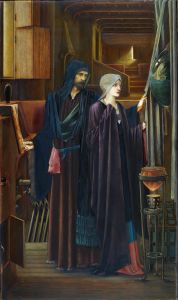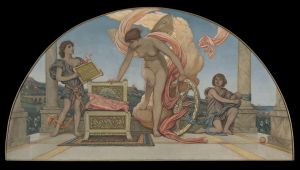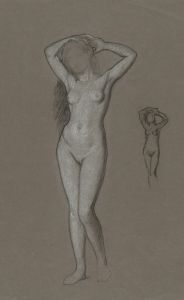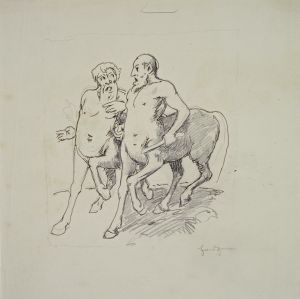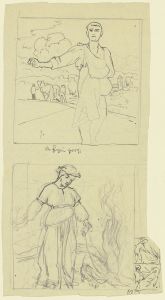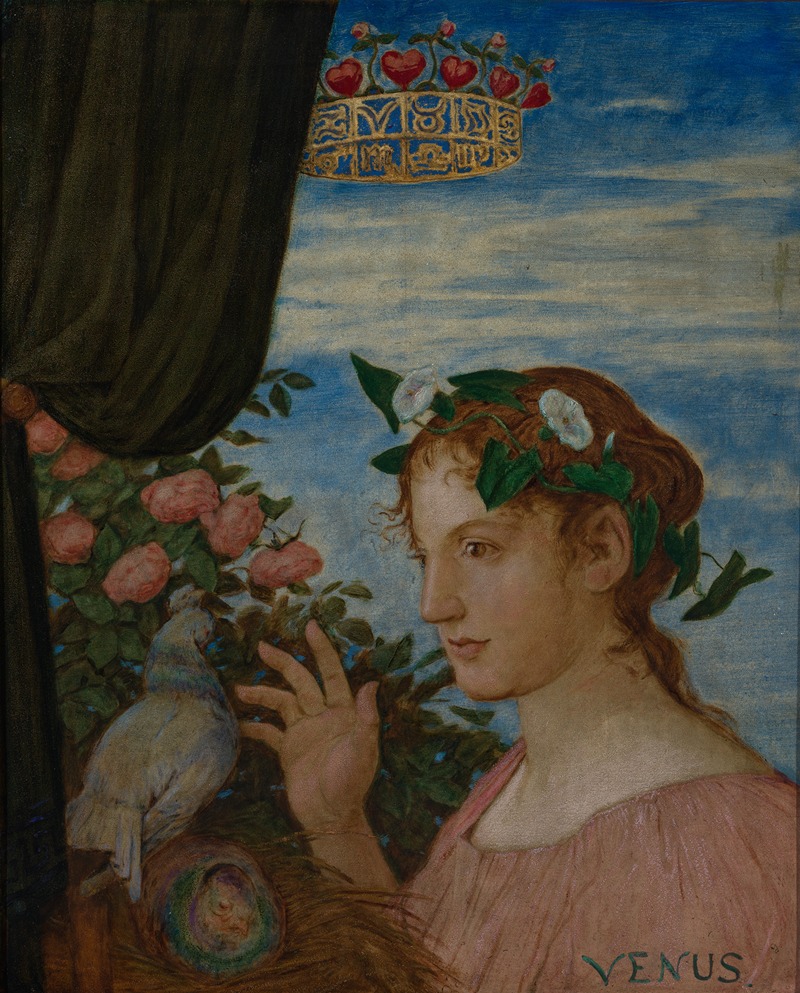
Venus
A hand-painted replica of Hans Thoma’s masterpiece Venus, meticulously crafted by professional artists to capture the true essence of the original. Each piece is created with museum-quality canvas and rare mineral pigments, carefully painted by experienced artists with delicate brushstrokes and rich, layered colors to perfectly recreate the texture of the original artwork. Unlike machine-printed reproductions, this hand-painted version brings the painting to life, infused with the artist’s emotions and skill in every stroke. Whether for personal collection or home decoration, it instantly elevates the artistic atmosphere of any space.
Hans Thoma's painting Venus is a notable work by the German artist, created in 1890. Thoma, born in 1839 in Bernau in the Black Forest region, was a prominent figure in 19th-century German art, known for his landscapes, portraits, and mythological themes. His works often reflect a blend of Romanticism and Realism, with a focus on nature and human figures.
Venus depicts the Roman goddess of love and beauty, a subject that has been a recurring theme in Western art for centuries. In this painting, Thoma presents Venus in a serene and naturalistic setting, characteristic of his style. The goddess is portrayed reclining in a pastoral landscape, surrounded by lush greenery and a tranquil atmosphere. Her pose and the surrounding environment emphasize harmony and a connection to nature, aligning with Thoma's frequent incorporation of idyllic and rural elements in his works.
The painting reflects Thoma's interest in mythology and his ability to reinterpret classical themes through a personal and localized lens. Unlike the more dramatic or idealized depictions of Venus by other artists, Thoma's version is grounded in simplicity and an earthy sensibility. This approach aligns with his broader artistic philosophy, which often sought to merge the mythological with the everyday.
Hans Thoma was influenced by a variety of artistic movements and figures, including the German Romantic tradition and the works of the Old Masters. His time in Paris and exposure to artists like Gustave Courbet also shaped his approach to realism and composition. However, Thoma maintained a distinct style that set him apart from his contemporaries, blending influences while staying true to his vision.
Today, Venus is recognized as an example of Thoma's ability to balance mythological subject matter with his characteristic naturalism. The painting is housed in the Staatliche Kunsthalle Karlsruhe in Germany, which holds a significant collection of Thoma's works. This institution has played a key role in preserving and showcasing his contributions to German art.
Hans Thoma's legacy as an artist lies in his ability to capture the beauty of both the natural world and the human form, as well as his reinterpretation of classical themes in a uniquely German context. Venus remains an important piece within his oeuvre, reflecting his artistic ideals and his connection to the cultural and natural landscapes of his homeland.






